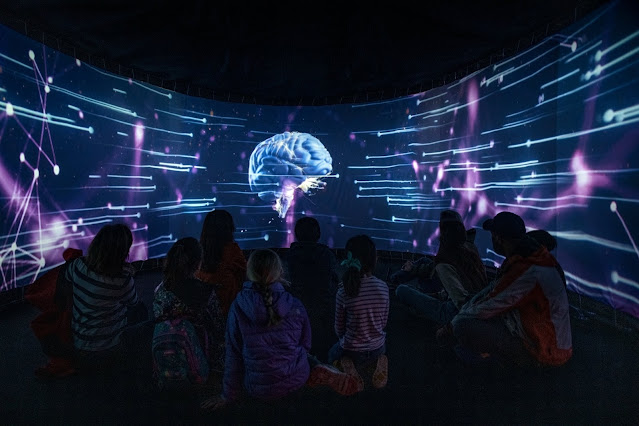Part 1: Celebrating Santiago Ramón y Cajal on the 172nd Anniversary of His Birth
May 1, 2024, marks the 172nd anniversary of Santiago Ramón y Cajal's birth. To commemorate this occasion, I am sharing my latest drawings from the Cajal Inventory, created during a recent trip to Madrid. These include a portrait of Cajal and a composite caricature of visitors at the National Museum of Natural Sciences. The museum currently hosts an exhibition titled "The Historical Legacy of Santiago Ramón y Cajal," featuring his workspace with original furnishings and personal items. This exhibition also displays over 28,000 artifacts from the Cajal Legacy, maintained under the supervision of the CSIC.
Santiago Ramón y Cajal's contributions include his progression from a Licentiate in Medicine to various professorships, ultimately securing a chair in Histology and Pathological Anatomy in Madrid. His notable publications include the Textura del sistema nervioso del hombre y de los vertebrados among over 100 journal articles. Cajal received numerous awards, including the Nobel Prize in 1906, memberships in royal academies, and honorary degrees from universities such as Cambridge and Clark. His influence extends beyond his lifetime, highlighted by ongoing recognitions such as the publication by the Caroline Institute on his centenary.
Scientific Publications: He published significant works on histology and anatomy, notably the Textura del sistema nervioso del hombre y de los vertebrados, and contributed over 100 articles to scientific journals.
Recognition and Awards: He received numerous awards, including the Nobel Prize in 1906, was a member of several royal academies and societies, and received honorary degrees from universities such as Cambridge and Clark University.
Influential Lectures: Cajal was invited to deliver prestigious lectures, including the Croonian Lecture in London and lectures at Clark University in the USA.
Enduring Impact: His work continues to be celebrated, evidenced by publications and honors in his name, like the volume published by the Caroline Institute on his centenary(Acta Physiol. Scand., Vol. 29, Suppl. 106).
Part 2: Updates on Scholarly Pursuits and Exploration of Cajal's Work
“The histologist . . . has two important adversaries the smallness and the colorless”, wrote Cajal in Recuerdos de mi vida (1917, p. 337, translated here by DeFelipe).
I am pleased to announce the publication of Art, Intuition, and Identity in Ramón y Cajal in the History of Neuroscience section of The Neuroscientist. I extend my gratitude to my coauthor, Javier DeFelipe, for his pivotal insights on Cajal and to Bevil Conway for his mentorship in scholarly writing. Arpan Mehta of the Cajal Embroidery Project also played a crucial role in the success of our collaboration, starting with our initial six-hour discussion in 2021.
Our essay examines Cajal's legacy, emphasizing his artistic skills alongside his scientific innovations. Cajal's methodical use of the Golgi method, complemented by various histological dyes, provided deep insights into brain structure and function. He adeptly combined his artistic talent with scientific research, using techniques like photography to enhance public engagement with his anatomical sketches. This blend not only solidified his professional image but also left a lasting impact on both the scientific and cultural landscapes.
Read the entire essay, here: https://journals.sagepub.com/doi/10.1177/10738584241234049











